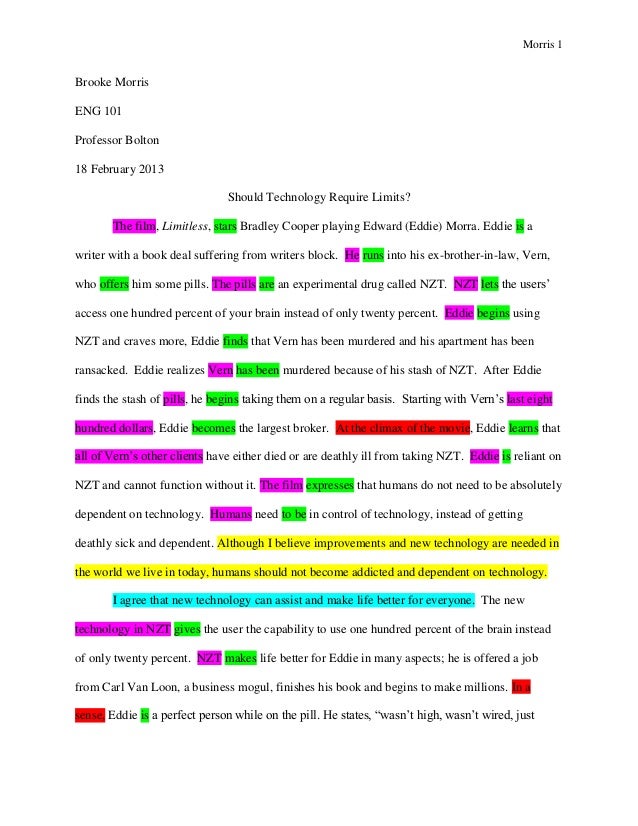


Every paragraph should aim to support and develop this central claim. You will probably revise and refine the thesis statement as you do more research, but it can serve as a guide throughout the writing process. That means it should briefly summarize your argument in a sentence or two, make a claim that requires further evidence or analysis, and make a coherent point that relates to every part of the paper. The thesis statement should be concise, contentious, and coherent.

It should also show what evidence and reasoning you’ll use to support that answer. If you started with a research question, the thesis statement should answer it. To write research questions, try to finish the following sentence: “I want to know how/what/why…” Develop a thesis statementĪ thesis statement is a statement of your central argument - it establishes the purpose and position of your paper. In this stage, you might find it helpful to formulate some research questions to help guide you. Have there been some recent developments that build on the extant research?.Do you have a unique take on your topic?.Are there any heated debates you can address?.Is there anything people seem to overlook in the sources you research?.

Use a variety of sources, including journals, books, and reliable websites, to ensure you do not miss anything glaring.ĭo not only verify the ideas you have in mind, but look for sources that contradict your point of view. Note any discussions that seem important to the topic, and try to find an issue that you can focus your paper around.
#Rough draft example for research paper free#
You can try free writing, which involves taking a broad topic and writing continuously for two or three minutes to identify absolutely anything relevant that could be interesting. There are many ways to generate an idea for a research paper, from brainstorming with pen and paper to talking it through with a fellow student or professor.


 0 kommentar(er)
0 kommentar(er)
